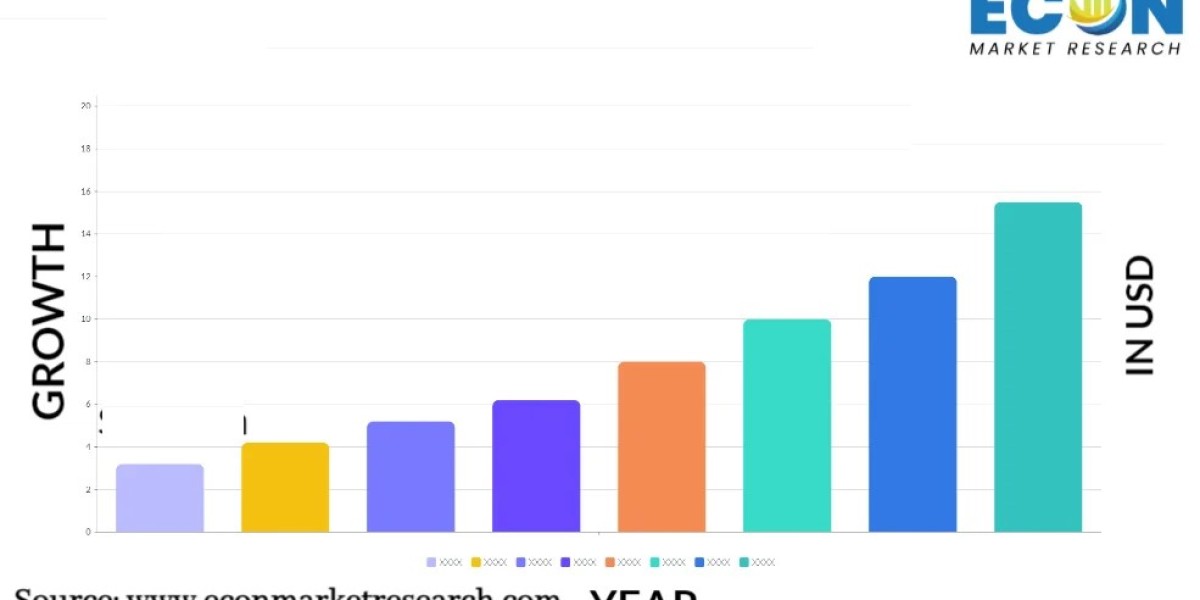In the world of advanced materials, carbon fiber has emerged as a game-changer, finding applications across industries ranging from aerospace to sports equipment. Lightweight yet incredibly strong, carbon fiber has become a preferred choice for manufacturers looking to enhance performance, reduce weight, and optimize energy efficiency.
Understanding Carbon Fiber
Carbon fiber is composed of thin strands of carbon atoms bonded together in a crystalline structure. These fibers, when woven into a fabric or combined with a resin, create a composite material known for its impressive strength-to-weight ratio, durability, and thermal resistance.
Key Drivers of the Carbon Fiber Market
- Aerospace and Defense:
The aerospace industry has long been a significant consumer of carbon fiber composites. From aircraft fuselages to unmanned aerial vehicles (UAVs), carbon fiber's lightweight properties reduce fuel consumption while maintaining structural integrity. - Automotive Industry:
As automakers strive to meet stringent fuel efficiency and emission standards, carbon fiber is increasingly being adopted in high-performance vehicles and electric cars. Lightweight materials help reduce battery loads and improve overall energy efficiency. - Renewable Energy:
The wind energy sector is a growing market for carbon fiber, with turbine blades made longer and more efficient using this material. Carbon fiber allows for enhanced durability in harsh environmental conditions. - Sports and Recreation:
From tennis rackets to bicycles, carbon fiber is synonymous with high-performance sporting goods. Its ability to combine strength and flexibility enhances both performance and user experience. - Construction:
In the construction industry, carbon fiber is utilized in the reinforcement of concrete, bridges, and buildings, offering superior longevity and resistance to corrosion.
Market Trends and Innovations
- Recycling and Sustainability:
The market is witnessing innovations in recycling carbon fiber, addressing concerns about waste and sustainability. Companies are investing in technologies to repurpose scrap materials into usable products. - Advancements in Manufacturing:
Automation and improved production techniques have reduced costs, making carbon fiber more accessible for mass-market applications, particularly in the automotive sector. - Development of Hybrid Materials:
Combining carbon fiber with other materials like glass or aramid fibers enhances properties such as impact resistance, broadening its application scope. - 3D Printing with Carbon Fiber:
Additive manufacturing is enabling the creation of complex geometries and customized components, reducing material waste and production time.
Request a sample@https://www.econmarketresearch.com/industry-report/carbon-fiber-market/
Regional Insights
The carbon fiber market is geographically diverse:
- North America leads in aerospace and automotive applications.
- Europe is a hub for renewable energy projects and lightweight automotive designs.
- Asia-Pacific drives growth with expanding manufacturing sectors in China, Japan, and South Korea.
Challenges in the Carbon Fiber Market
Despite its advantages, the high cost of carbon fiber production remains a barrier to widespread adoption. Additionally, the need for specialized equipment and expertise can limit entry for smaller manufacturers.
Phone Number: +1 812 506 4440
Email: [email protected]









